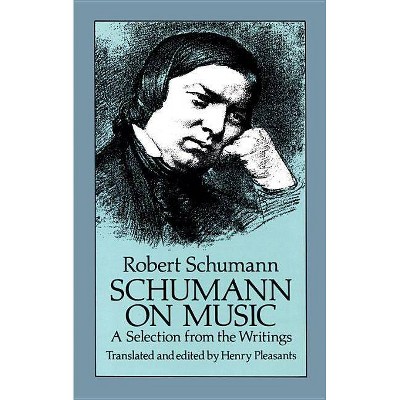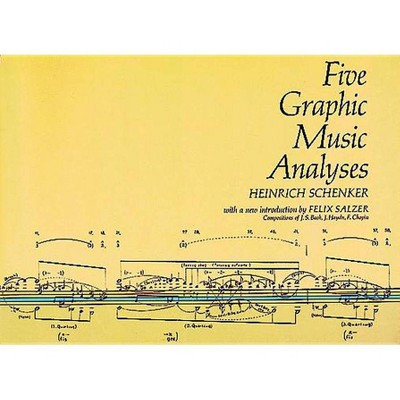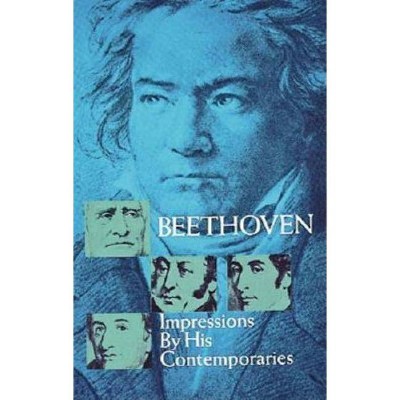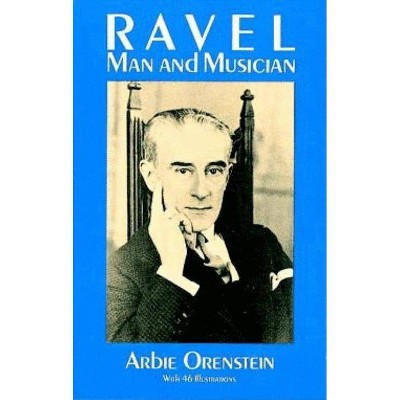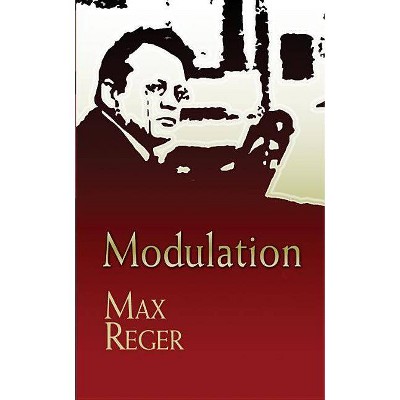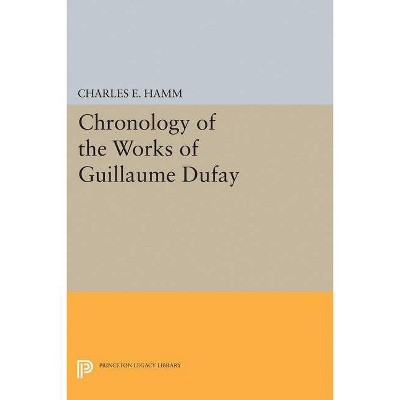Counterpoint - (Dover Books on Music) by Knud Jeppesen (Paperback)
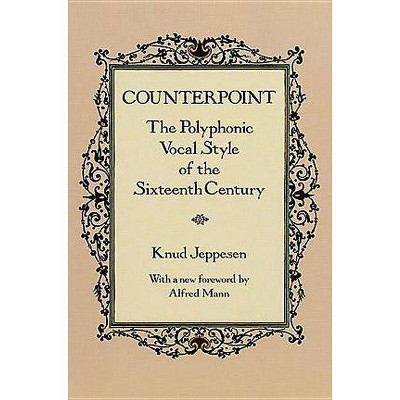
Similar Products
Products of same category from the store
AllProduct info
<p/><br></br><p><b> About the Book </b></p></br></br>First paperback edition of classic introductory text features history of contrapuntal theory, technical features, species exercises in 2-, 3- and 4-part counterpoint; canon, motet, Mass, more. Includes many musical examples.<p/><br></br><p><b> Book Synopsis </b></p></br></br>This classic introductory text focuses on the polyphonic vocal style perfected by Palestrina. Unlike many other texts, it maintains a careful balance between theoretical and practical problems, between historical and systematic methodology. The result is an exceptionally useful resource, ideal for classroom use in teaching modal counterpoint. <br>In Part One, Knud Jeppesen (1892-1974), the world-renowned musicologist and leading authority on Palestrina, offers a superb outline history of contrapuntal theory. He begins by exploring the beginnings of contrapuntal theory from the ninth to the fourteenth centuries. This is followed by separate discussions of each succeeding century, the styles of Palestrina and Bach, the Palestrina Movement after Fux, and more. The section ends with illuminating coverage of notation, the ecclesiastical modes, melody, and harmony. <br>The second part of the book contains an extended treatment of species counterpoint in two, three, and four parts, as well as counterpoint in more than four parts, and specific discussions of the canon, the motet, and the Mass. Throughout, the text is generously supplied with musical examples―exercises, solutions, and illustrations, including many by the great composers. For this edition, the distinguished scholar Alfred Mann has contributed a new foreword to Jeppesen's classic study. Now available in paperback for the first time, it will be welcomed by musicians, composers, theorists, musicologists―any student of counterpoint and the Western musical tradition. <br><p/><br></br><p><b> From the Back Cover </b></p></br></br>This classic introductory text focuses on the polyphonic vocal style perfected by Palestrina. Unlike many other texts, it maintains a careful balance between theoretical and practical problems, between historical and systematic methodology. The result is an exceptionally useful resource, ideal for classroom use in teaching modal counterpoint.<BR>In Part One, Knud Jeppesen (1892 1974), the world-renowned musicologist and leading authority on Palestrina, offers a superb outline history of contrapuntal theory. He begins by exploring the beginnings of contrapuntal theory from the ninth to the fourteenth centuries. This is followed by separate discussions of each succeeding century, the styles of Palestrina and Bach, the "Palestrina Movement" after Fux, and more. The section ends with illuminating coverage of notation, the ecclesiastical modes, melody, and harmony.<BR>The second part of the book contains an extended treatment of "species" counterpoint in two, three, and four parts, as well as counterpoint in more than four parts, and specific discussions of the canon, the motet, and the Mass. Throughout, the text is generously supplied with musical examples exercises, solutions, and illustrations, including many by the great composers. For this edition, the distinguished scholar Alfred Mann has contributed a new foreword to Jeppesen's classic study. Now available in paperback for the first time, it will be welcomed by musicians, composers, theorists, musicologists any student of counterpoint and the Western musical tradition.<BR>Unabridged Dover (1992) republication of the edition published by Prentice-Hall, Inc., New York, 1939."
Price History
Price Archive shows prices from various stores, lets you see history and find the cheapest. There is no actual sale on the website. For all support, inquiry and suggestion messagescommunication@pricearchive.us


